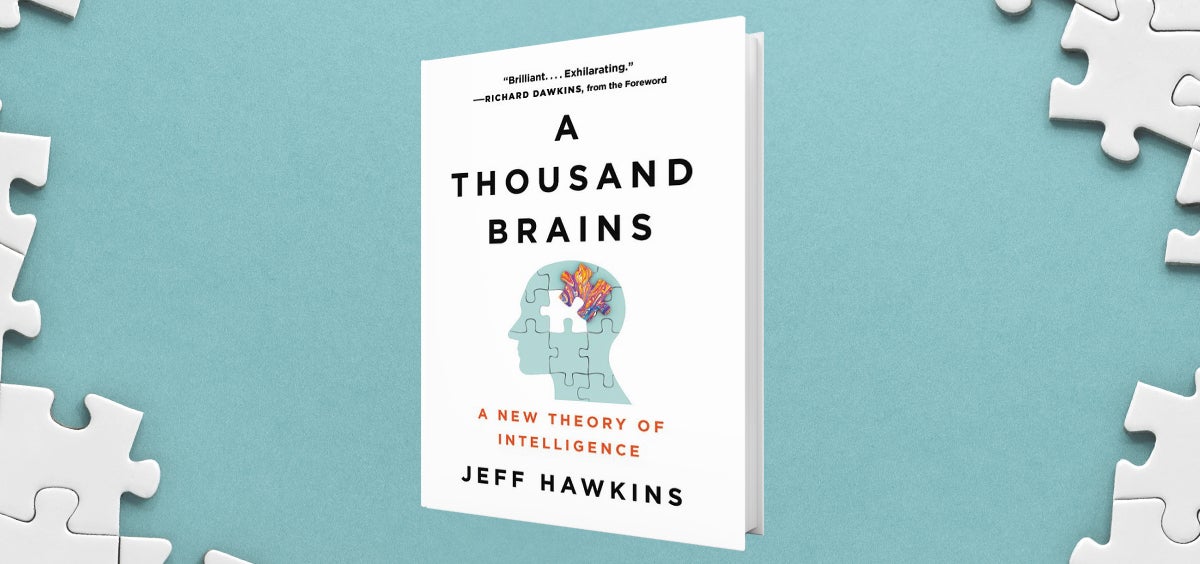When we first got involved in U.S. education, we thought smaller schools were the way to increase high school graduation and college-readiness rates.
Of all the subjects I’ve been learning about lately, one stands out for its mind-boggling complexity: understanding how the cells and connections in our brains give rise to consciousness and our ability to learn.
Thanks to better instruments for observing brain activity, faster genetic sequencing, and other technological improvements, we’ve learned a lot in recent years. For example, we now understand more about the different types of neurons that make up the brain, how neurons communicate with one another, and which neurons are active when we’re performing all kinds of tasks. As a result, many people call this the golden era of neuroscience.
But let’s put this progress in context. We’re only beginning to understand how a worm’s brain works—and it has only 300 neurons, compared with our 86 billion. So you can imagine how far we are from getting answers to the really big, important questions about brain function, including what causes neurodegeneration and how we can block it. Watching helplessly as my dad declined from Alzheimer’s made me feel as if this era is not yet a golden era. I think it’s more like an early dawn.
Over the years, I’ve read quite a few books about the brain, most of them written by academic neuroscientists who view it through the lens of sophisticated lab experiments. Recently, I picked up a brain book that’s much more theoretical. It’s called A Thousand Brains: A New Theory of Intelligence, by a tech entrepreneur named Jeff Hawkins.
I got to know Hawkins in the 1990s, when he was one of the pioneers of mobile computing and co-inventor of the PalmPilot. After his tech career, he decided to work with a singular focus on just one problem: making big improvements in machine learning. His platform for doing that is a Silicon Valley–based company called Numenta, which he founded in 2005.
Machine learning has incredible promise. I believe that in the coming decades we will produce machines that have the kind of broad, flexible “general intelligence” that would enable them to help us address truly complex, multifaceted challenges like improving medicine through a more advanced understanding of how proteins fold. Nothing we call AI today has anything like that kind of intelligence.
As Hawkins puts it, “There is no ‘I’ in AI.” Computers can beat a grandmaster in chess, but they don’t know that chess is a game. Hawkins argues that we can’t achieve artificial general intelligence “by doing more of what we are currently doing.” In his view, understanding much more about the part of the brain called the neocortex is key to developing true general AI, and that’s what this book is about.
A Thousand Brains is appropriate for non-experts who have little background in brain science or computer science. It’s filled with fascinating insights into the architecture of the brain and tantalizing clues about the future of intelligent machines. In the foreword, the legendary evolutionary biologist Richard Dawkins says the book “will turn your mind into a maelstrom of … provocative ideas.” I agree.
Hawkins begins by walking us through the basics of the neocortex, which makes up 70 percent of the human brain. It’s responsible for almost everything we associate with intelligence, such as our ability to speak, create music, and solve complex problems.
Borrowing from the work of neuroscientist Vernon Mountcastle, Hawkins reports that the basic circuit of the neocortex is called a “cortical column,” which is divided into several hundred “minicolumns” with about a hundred individual neurons. He argues that “our quest to understand intelligence boils down to figuring out what a cortical column does and how it does it.”
He believes that the basic function of the cortical column is to make constant predictions about the world as we move through it. “With each movement, the neocortex predicts what the next sensation will be,” Hawkins writes. “If any input doesn’t match with the brain’s prediction … this alerts the neocortex that its model of that part of the world needs to be updated.”
The name of the book comes from Hawkins’s conclusion that cortical columns operate in parallel, each making separate predictions about what the next sensory input will be. In other words, each column functions as its own separate learning machine.
If Hawkins is right that the only viable path to artificial general intelligence is by replicating the workings of the neocortex, that means it’s unlikely that intelligent machines will supplant or subjugate the human race—the kind of thing you see in classic sci-fi movies like The Matrix and The Terminator. That’s because the neocortex operates differently from parts of the brain that evolved much earlier and that drive our primal emotions and instincts.
“Intelligent machines need to have a model of the world and the flexibility of behavior that comes from that model, but they don’t need to have human-like instincts for survival and procreation.”
“Intelligent machines need to have a model of the world and the flexibility of behavior that comes from that model, but they don’t need to have human-like instincts for survival and procreation,” Hawkins writes. In other words, we will eventually be able to create machines that replicate the logical, rational neocortex without having to wrap it around an old brain that’s an “ignorant brute” wired for fear, greed, jealousy, and other human sins. That’s why Hawkins dismisses the notion that humans will lose control of the machines they create.
Unfortunately, we may still need to worry about the dark side of artificial intelligence. Even if intelligent machines replicate only the “new brain” and are not saddled with an “old brain,” some people will still try to use them for bad purposes. Sadly, that is human nature.
In the end, I come back to my starting premise that we’re still early in our understanding of the human brain compared with just about every other part of our world. We don’t know yet whether Hawkins’s Thousand Brains Theory will hold up to experimental scrutiny. And even if it does, we still don’t know how to replicate cortical columns with digital technologies.
All I know for sure is that I’ll be reading a lot more about this topic. My hope is that it will help lead to great breakthroughs in the way we go about solving the world’s hardest problems.





